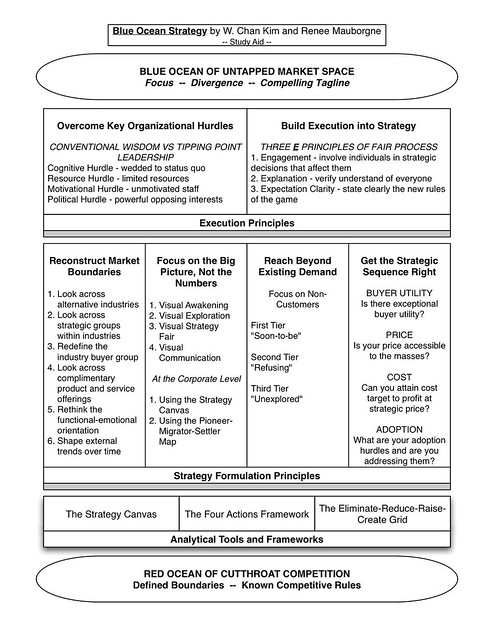I went through a small period back in the mid-1990’s where I read a bunch of sci-fi and fantasy. I read the Dune trilogy, Isaac Asimov’s Foundation trilogy, and the Lord of Rings trilogy. That pretty much gave me my fix and I have not really touched it since. That is, until this week, when I grabbed Neuromancer off the shelf.
When you see lists of sci-fi/fantasy classics, all of the books mentioned in the preceding paragraph are usually included. Neuromancer is different from the others though because it was written in the early 1980s, so it is barely 20 years old. Young by comparison to the others, but advanced based on the year it was written. It envisions a world of interconnected computers, spread across the globe, referred to as the matrix. Those who have the power to master access and information on the matrix can steal, kill, and wreak all sorts of general havoc.
That’s where Case comes in. He spent his younger days jacking in to the matrix and having his way with other people’s information, and money. He made the mistake though of putting a little cash aside for retirement and his boss somehow destroyed his ability to jack in ever again, but kept him very much alive. Now he basically roams the streets of some Japanese city, doing drugs and engaging in contract jobs that may involve killing people. However, he gets a second chance to use his electronic expertise when some shady characters promise to perform an operation to restore his former abilities in return for assisting them in a certain matter.
That’s where this book loses me. It just got very complicated, very fast and I got lost. He introduced characters that I forgot about and started using terms that were never defined. I spent huge chunks of the middle of the book basically without any clue about what was going on. I had the gist of it, the pacing felt like adventurous sci-fi, and I could pick out the main characters, but it was just very confusing. My perspective did come around however, and the last quarter of the book was manageable.
If you are into sci-fi, go for it. I feel like you have to be in practice to read hardcore sci-fi like this and I was just not ready for it. I could pick out many of the ingredients. There is a huge, international conglomerate that is trying to control things with artificial intelligence. There is a leather clad, female assassin with genetically modified, retractable steel claws. And in the end, there is a frantic pursuit to find answers and save the good guys. I don’t know, I guess I’m just not smart enough for this type of book.

